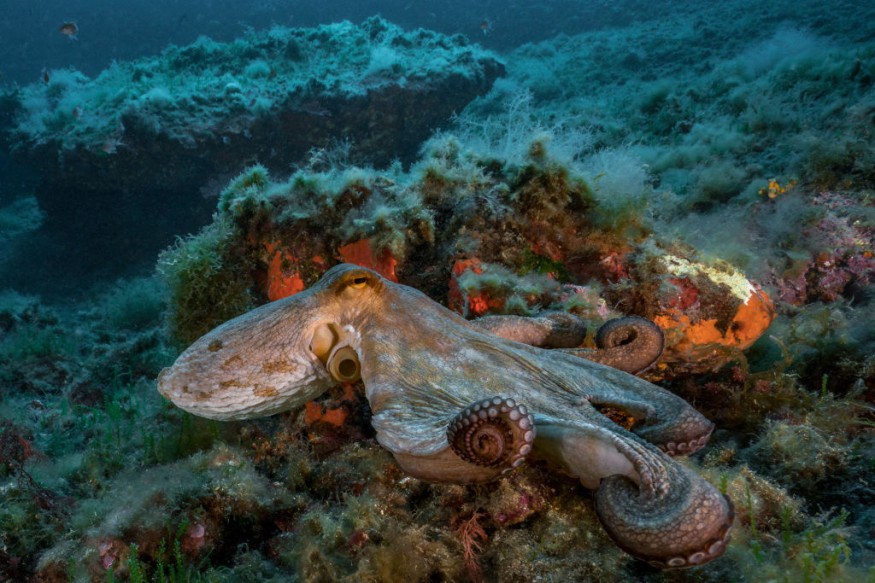Jules Verne, a science fiction writer, described rich metals submerged hundreds of meters beneath the surface in his mid-19th-century works.

In Jules Verne's famous adventure novel "20,000 Leagues Under the Sea," Captain Nemo claimed that there were easy-to-exploit mines of zinc, iron, silver, and gold in the ocean's depths. Regarding the potential raw materials, the author was correct. But his assumption that the minerals could be easily mined needed to be corrected.
There is yet to be an accepted worldwide standard for subsea mining. However, the International Seabed Authority has recently determined that businesses can apply from July to mine the ocean floor after two weeks of deliberations ended on March 31. However, activists and companies are pushing back in response to concerns about the significant environmental impact.
Deep-Sea Mineral Diversity
According to Diva Amon in a DW report, a Caribbean marine biologist and advisor to the Benioff Ocean Initiative at the University of California, "The deep sea is a treasure trove of biodiversity, rich in living resources used in medicines and critical in regulating the climate as well as providing spawning and feeding grounds for fish."
Running Out of Resources
Rare earth minerals and metals are essential to the renewable energy technologies driving the global energy shift, whether copper or nickel for batteries, cobalt for electric vehicles, or manganese for steel production.
However, despite the rapid increase in demand, global resource scarcity is also increasing. The need for these raw resources is vastly greater than the predicted production levels. Now, several nations and businesses aim to mine the riches in the deep sea to close this gap.
So-called polymetallic nodules drive the rush to mine seabeds, also called manganese nodules. High concentrations of nickel, copper, manganese, rare earth, and other vital metals can be found in these potato-sized lumps.
Seafloor Excavation
The seafloor between 3,500 and 5,500 meters [between 11,500 and 18,000 feet] in the Clarion-Clipperton Zone in the eastern Pacific Ocean close to the US state of Hawaii is currently the area that has undergone the most research. The region spans thousands of kilometers and has the highest concentration of nickel, manganese, and cobalt of any available land area.
Potential Harms
Seabed mining is made simple when a large vacuum can pass over the ocean floor to suck up the nodules brought to the top with a hose.
However, according to Matthias Haeckel, a scientist at the Helmholtz Center for Ocean Research in Kiel, Germany, the living portion of the seafloor is also destroyed when the nodules are removed.
The man explained that all living things, including bacteria and higher species, in the silt and on the nodules had been entirely sucked in.
Additionally, these animals depend on manganese nodules; therefore, Sabine Gollner, a senior scientist at the Royal Netherlands Institute for Sea Research, predicted they "won't come back for millions of years." Since a nodule's growth can take a million years, rapid regeneration is not possible.
The Metals Company openly acknowledges the potential harm to marine species when pursuing its plan to mine the nodules in the Clarion-Clipperton Zone. Deep-sea mining might be less harmful to the environment than extraction on land, according to the business, which noted that it would produce 80% fewer greenhouse gas emissions.
Taking Action
The International Seabed Authority, established by the UN Convention on the Law of the Sea, oversees potential deep-sea deposit exploitation. There have been 31 exploratory contracts given so far globally, but none for industrial mining operations.
Companies can investigate the resources and potential for future extraction with the help of these permits, but they must also gather information for environmental study.
For more news update about Environmental Action, don't forget to follow Nature World News!
© 2025 NatureWorldNews.com All rights reserved. Do not reproduce without permission.





